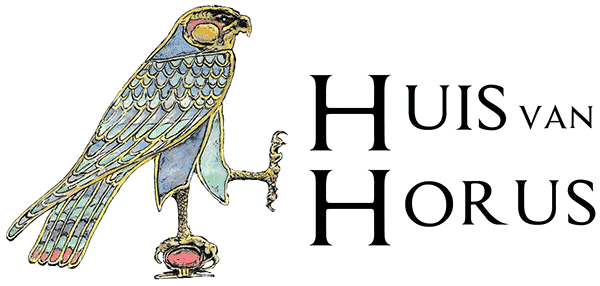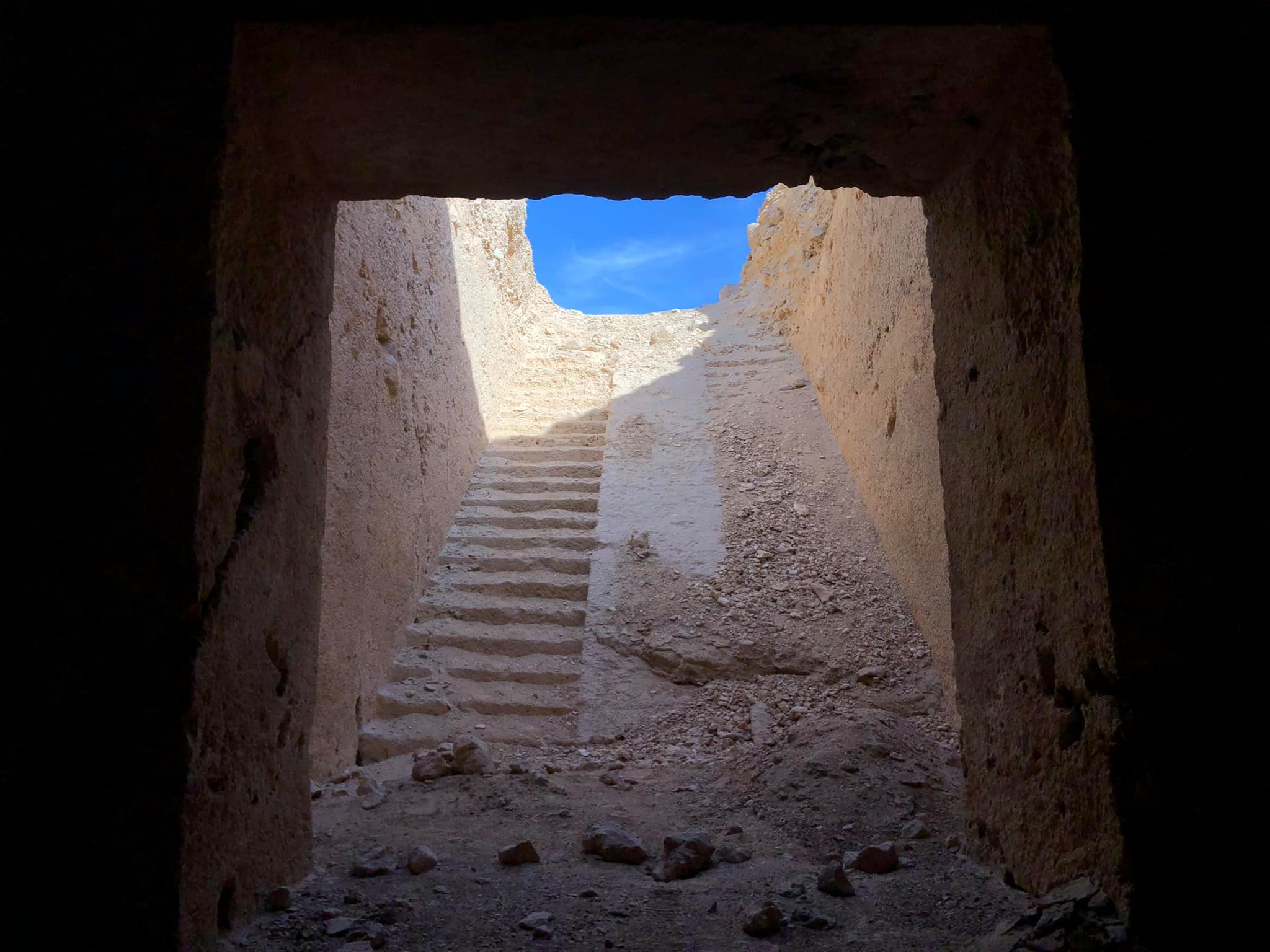22 juni 2023 | There Shall be Made for Me a Tomb in the Eastern Mountain
During the early part of his reign, the New Kingdom pharaoh Akhenaten founded a new capital city at Amarna (ancient Akhetaten). In addition to creating a sprawling city with palaces, workshops, and vast temple complexes, the king also established a new necropolis for members of the royal family, today known as the Royal Wadi. Over the course of four days, the author spent time conducting a preliminary survey of the greater necropolis area in order to establish what archaeological remains survive, how the landscape affected the development of this necropolis, and the possible ways that the workforce utilized local resources in order to facilitate their work. Ultimately, the evidence that remains suggests that Akhenaten intended to recreate the Valley of the Kings at Amarna, and that much of the same systems and protocols that were first established in ancient Thebes were transferred directly up to Amarna.
€ 5,00
Uitverkocht
“There Shall be Made for Me a Tomb in the Eastern Mountain”- an Archaeological Survey of the Royal Wadi at Amarna
During the early part of his reign, the New Kingdom pharaoh Akhenaten founded a new capital city at Amarna (ancient Akhetaten). In addition to creating a sprawling city with palaces, workshops, and vast temple complexes, the king also established a new necropolis for members of the royal family, today known as the Royal Wadi. The area is best known for the king’s tomb (TA26) and the three unfinished tombs and embalming cache that are nearby. Past research has focused mainly on these monuments, with little attention or time being given to the surrounding landscape and evidence of workmen’s activities. Over the course of four days, the author spent time conducting a preliminary survey of the greater necropolis area in order to establish what archaeological remains survive, how the landscape affected the development of this necropolis, and the possible ways that the workforce utilized local resources in order to facilitate their work. Ultimately, the evidence that remains suggests that Akhenaten intended to recreate the Valley of the Kings at Amarna, and that much of the same systems and protocols that were first established in ancient Thebes were transferred directly up to Amarna.
Nick Brown is an American Egyptologist who has worked as an archaeologist in Egypt since 2011. He received his MA degree in Egyptology from the American University in Cairo in 2016, and currently is an Egyptology PhD candidate at the UCLA. Currently he lives between Los Angeles, CA and Cairo, Egypt. His excavation experience includes working with archaeological sites in Aswan (at Elephantine Island and Wadi el-Hudi), as well as funerary sites in Luxor, Amarna and the Sudan. In 2016, Nicholas spent the summer working at the MFA, Boston as the Terrace Curatorial Research Associate in Egyptology. He returned to the MFA over the summer of 2019 to conduct archival research for the Egyptian Art Department’s exhibit “Ancient Nubia Now.” Nicholas’s research interests include royal funerary material culture from the New Kingdom, as well as the use and perception of ancient Egypt within modern contexts.

